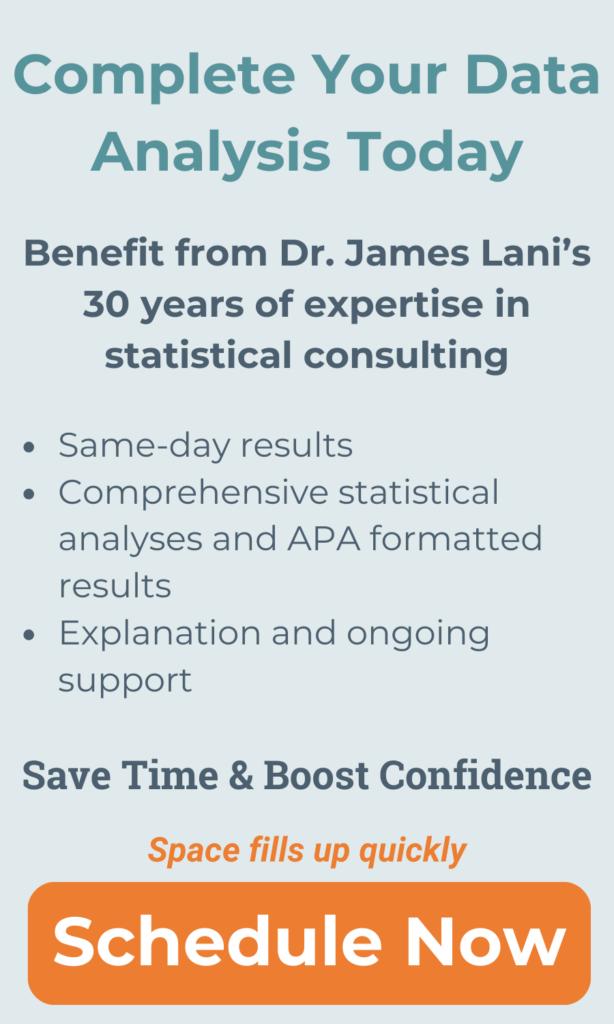Self-Directed Learning Readiness Scale (SDLRS)
The Self-Directed Learning Readiness Scale (SDLRS) evaluates an individual’s perception of their skills and attitudes related to self-directed learning. Consequently, it helps assess how prepared someone is to engage in self-directed learning. The scale is structured around eight factors, attitudinal and personality, that are linked to self-directness. Other then learners’ perception of readiness for self-directed learning, this instrument is used for researching the relationship between self-directed readiness and other personological variables.
SDLRS testing includes 58 items with a 5-point scale for responses, ranging from “almost always true” to “almost never true.” Specifically, the test contains 41 positively phrased questions and 17 negatively phrased ones. Also, the instrument is available in a number of different languages.
Author
Lucy M. Guglielmino
Reliability and Validity
Supported by Delahaye & Smith (1995), Durr (1992), Finestone (1984), Graeve (1987), Hassan (1981), Long & Agyekum (1984), McCune & Guglielmino (1991), Posner (1990), and Russell (1988), the SLDRS generally has an internal reliability coefficient of .72 to .96, and has scored test-retest reliability of 0.82 and .79, Finestone (1984) and Wiley (1981). Clear correspondence between the instrument and other literature on self-directed learning demonstrates strong content validity. The correlation of the SDLRS with other instruments is reported as follows: Student’s Orientation Questionnaire 0.35, Preference for Challenge 0.81, Curiosity of Learning 0.79, Perceived Scholastic Competence 0.69, Use of Internal Criteria for Evaluation 0.64, Independent Mastery 0.56, and Independent Judgment 0.54 (Posner, 1990).
Where to Purchase
Learning Preferences Assessment
Administration, Analysis and Reporting
Intellectus Consulting can assist students or professional researchers by administering the survey instrument, collecting the data, conducting the analyses, and explaining the results. For additional information on these services, click here.
References
Delahaye, B. L. & Smith, H. E. (1995). The validity of the Learning Preference Assessment. Adult Education Quarterly, 45, 159-173.
Durr, R. E. (1992). An examination of readiness for self-directed learning and selected personnel variables at a large midwestern electronics development and manufacturing corporation (Doctoral dissertation, Florida Atlantic University, 1992). Dissertation Abstracts International, 53, 1825.
Finestone, P. (1984). A construct validation of the Self-Directed Learning Readiness Scale with labour education participants (Doctoral dissertation, University of Toronto, 1984). Dissertation Abstracts International, 46, 5A.
Graeve, E. A. (1987). Patterns of self-directed learning of registered nurses (Doctoral dissertation, University of Minnesota, 1987). Dissertation Abstracts International, 48, 820.
Hassan, A. J. (1981). An investigation of the learning projects of adults of high and low readiness for self-direction learning (Doctoral dissertation, Iowa State University, 1981). Dissertation Abstracts International, 42, 3838A-3839A.
Long, H. B., & Agyekum, S. K. (1984). Teacher ratings in the validation of Guglielmino’s Self-Directed Learning Readiness Scale. Higher Education, 13, 709-715.
McCune, S. K., & L. M. Guglielmino (1991). Validity generalization of the Self-Directed Learning Readiness Scale. In H. B. Long & Associates, Self-directed learning: Consensus and conflict (pp. 147-154) Norman, OK: Oklahoma Research Center for Continuing Professional and Higher Education.
Posner, F. G. (1990). A study of self-directed learning, perceived competence and personal orientation among students in an open alternative high school (Doctoral dissertation, University of Denver, 1989). Dissertation Abstracts International, 51, 813.
Russell, J. W. (1988). Learner preference for structure, self-directed learning readiness and instructional methods (Doctoral dissertation, University of Missouri, 1988). Dissertation Abstracts International, 49, 1689.
Wiley, K. (1981). Effects of a self-directed learning project and preference for structure on self-directed learning readiness of baccalaureate nursing students (Doctoral dissertation, Northern Illinois University, 1981). Dissertation Abstracts International, 43, 1A.

If you’re like others, you’ve invested a lot of time and money developing your dissertation or project research. Finish strong by learning how our dissertation specialists support your efforts to cross the finish line.
